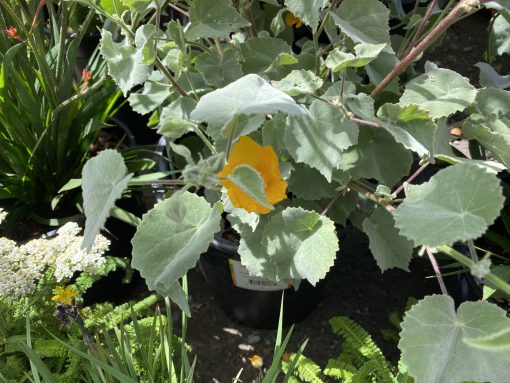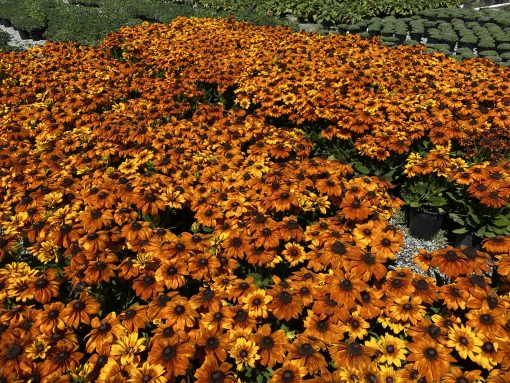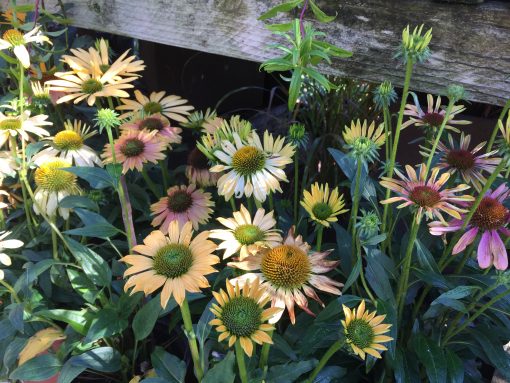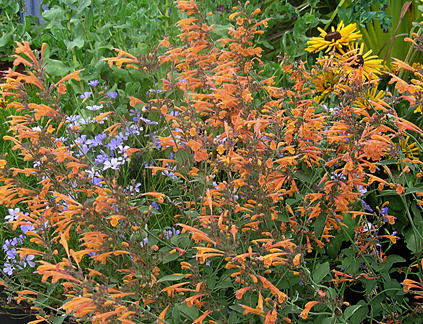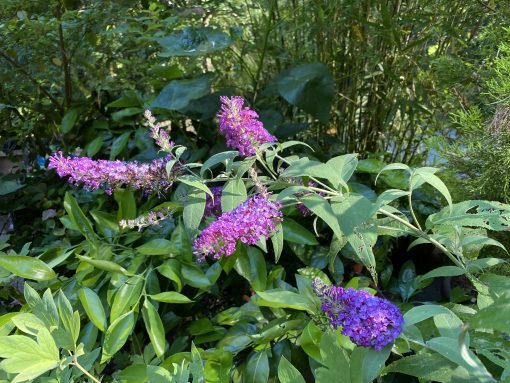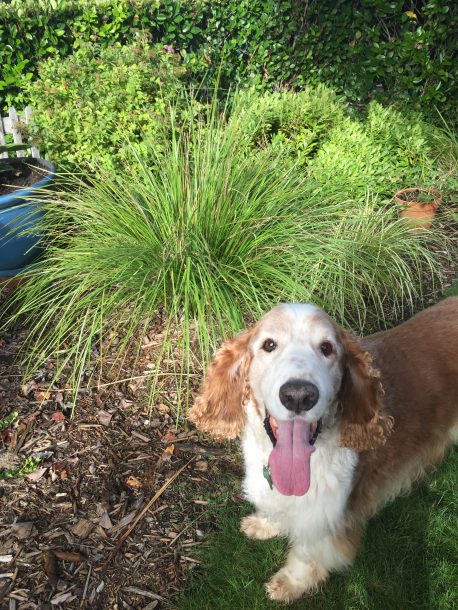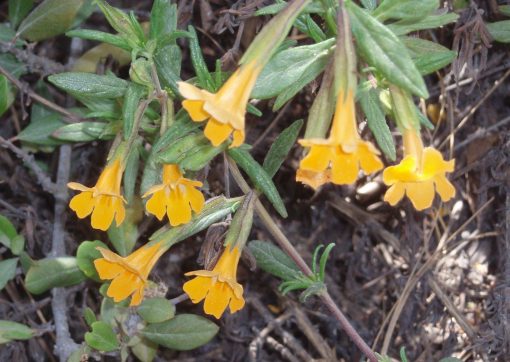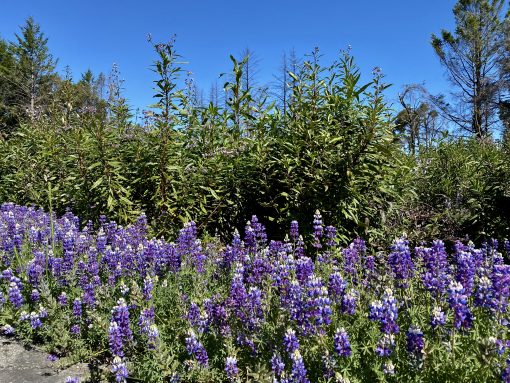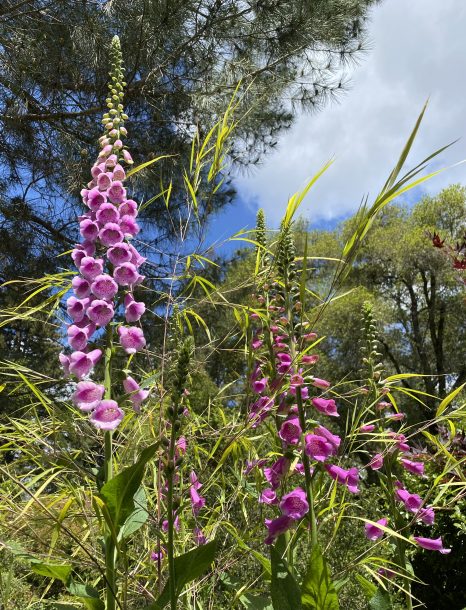
Summer is winding down. It’s still warm during the day but the nights are cool and there’s less and less daylight hours. The soil is still warm so it’s the perfect time to start thinking about planting. Like the saying goes, “gardening is a way of showing that you believe in tomorrow.”
Gardening makes us learn new things. If you water less frequently, some plants may decline or even die eventually. Remove those that do and replace them with plants that will thrive with less water.
Fertilize shrubs lightly one last time if you haven’t already done so last month. All shrubs, especially broad-leaved evergreens such as rhododendron, pieris, camellia, hebe, need to calm down, stop growing and harden off to get ready for the winter cold. Some plants have already set next year’s buds.
Roses especially appreciate a bit of fertilizer now, encouraging them to bloom another round in October. To keep them blooming make a habit of pinching and pruning off old flowers. Always cut back to an outward facing branchlet with five leaves. There are hormones there that will cause a new rose to grow much sooner than if you cut to one with only three leaves. You can always cut lower on the stem if you need to control height.
Deadhead flowering annuals and perennials in the ground as often as you possibly can. Annuals like zinnias and cosmos will stop blooming if you allow them to go to seed. The same is true of repeat blooming perennials like dahlia, scabiosa, echinacea and lantana. Santa Barbara daisies will bloom late into winter if cut back now. These plants know they’re on this earth to reproduce. If they get a chance to set seed the show’s over, they’ve raised their family. Try to remove fading flowers regularly and you’ll be amply rewarded. If you want to start perennial flowers from seeds this is the time so that they’ll be mature enough to bloom next year.
Now through October, divide summer blooming perennials like agapanthus, coreopsis, daylilies and penstemons that are overgrown and not flowering well. You can also divide spring blooming perennials like candytuft, columbine, astilbe, bergenia and bleeding heart but sometimes they don’t bloom the first spring afterwards due to the energy they use re-establishing themselves. If you’re on a roll out in the garden, go for it now.
It’s still a little hot to plant cool season veggies starts in the ground. They appreciate conditions later in September when the soil is still warm but temps have cooled. It is OK to plant seeds of beets, carrots, spinach, arugula, mustard, leeks, onions, peas, radishes and turnips.
If you aren’t going to grow vegetables in the garden this fall consider planting a cover crop like crimson clover after you’ve harvested your summer vegetables.
It’s never too soon to start planning for erosion control in those areas that caused you problems during last spring’s storms.
Cut back berries vines that have produced fruit. Canes of the current season should be trained in their place.
Spider mites are especially prolific during hot, dry weather. Sometimes you don’t even know how bad the infestation is until all your leaves are pale with stippling. Periodically rinse dust and dirt off leaves with water. Spray the undersides of infected leaves with organics like insecticidal soap switching to neem oil if they build up a resistance to one of the pesticides.
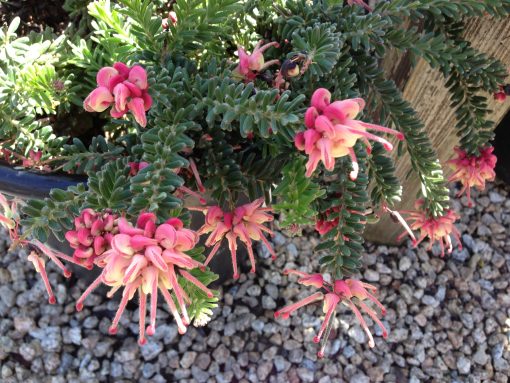
Now that you’ve taken care of your chores reward yourself by adding perennials to your garden for color in late summer through fall. Take a look at the garden areas that aren’t working for you and replant. Good choices include aster, chrysanthemum, coreopsis, and gaillardia. Abutilon (Flowering Maple) come in so many colors that you probably need another one in your garden. Petite Pink gaura looks fabulous planted near the burgundy foliage of a loropetalum. Don’t overlook the color of other foliage plants like leucodtendron ‘Jester’ or Orange Libertia in the garden. A favorite ground cover that hummingbirds love is grevillea lanigera. Consider it for those hot areas.
One last to do: Make a journal entry celebrating the best things about your garden this year.


